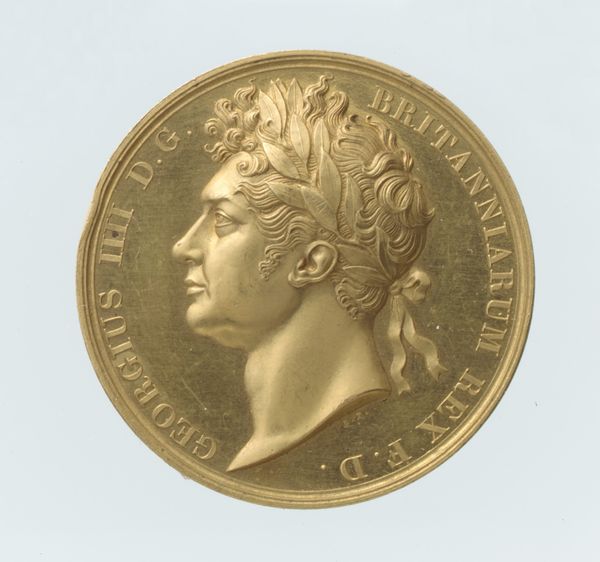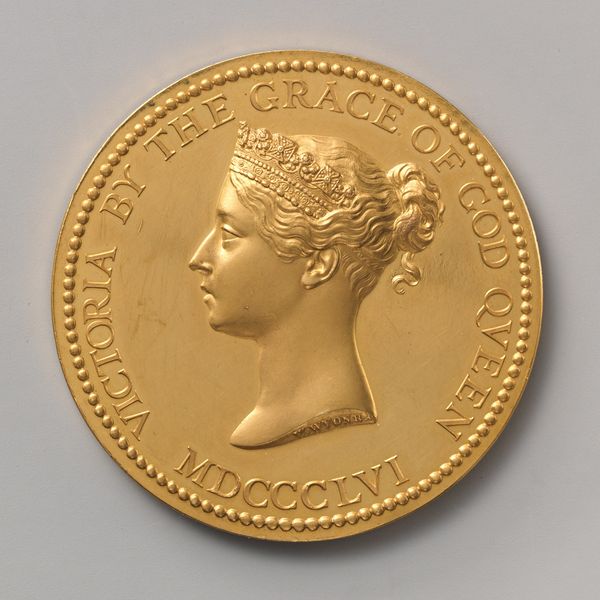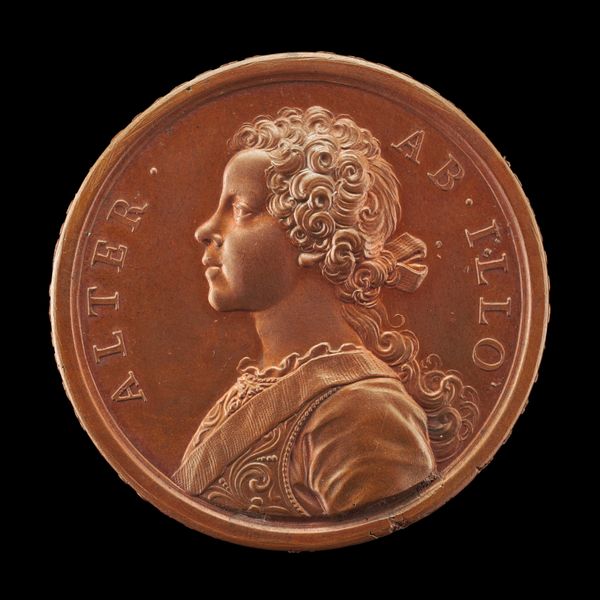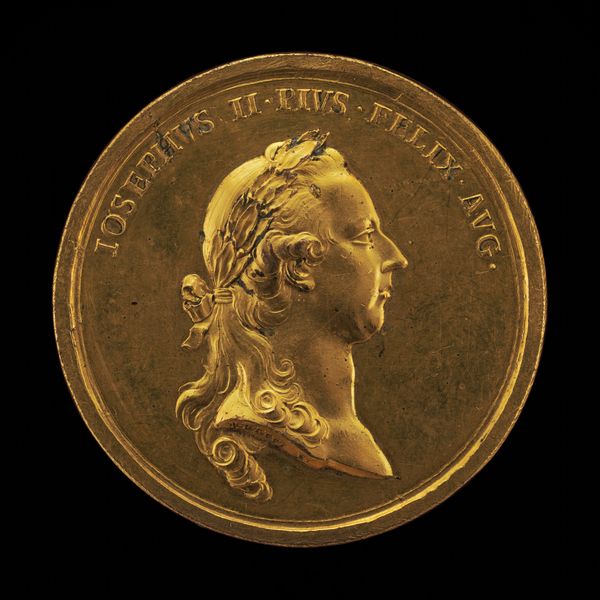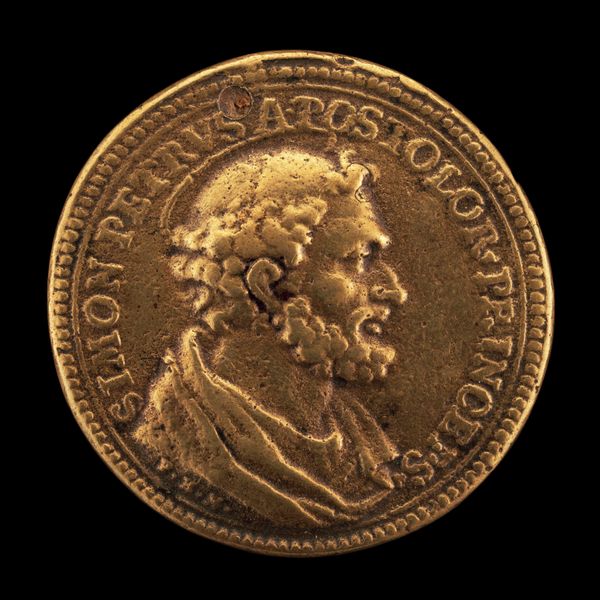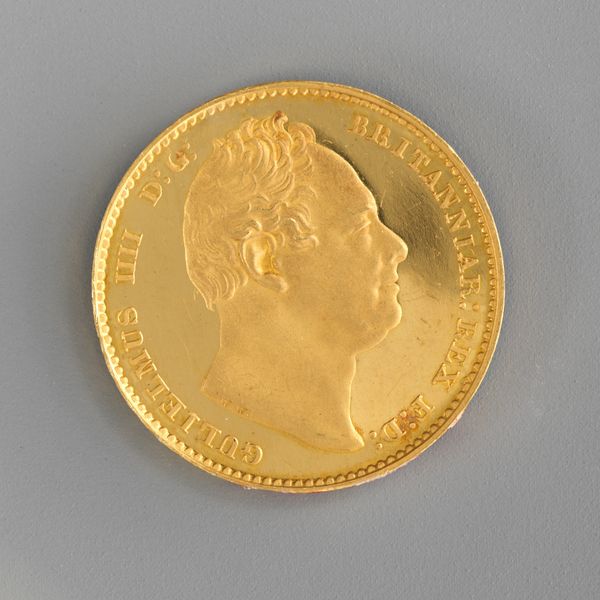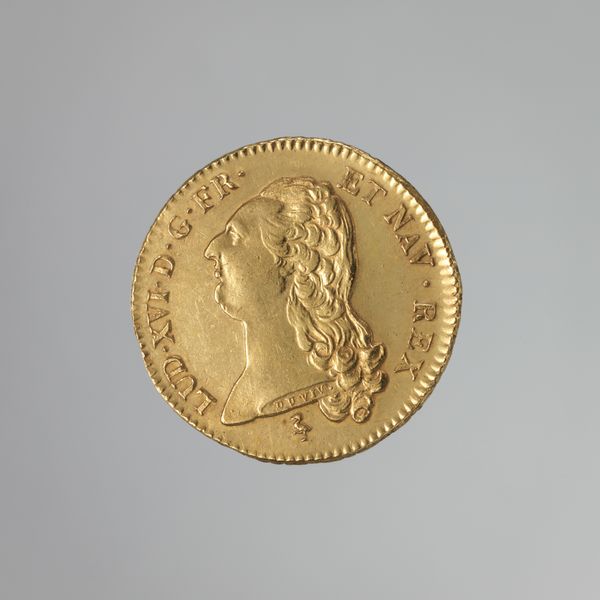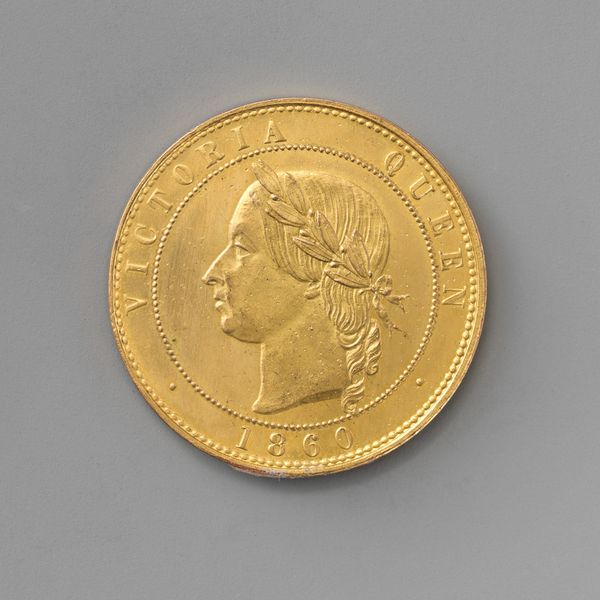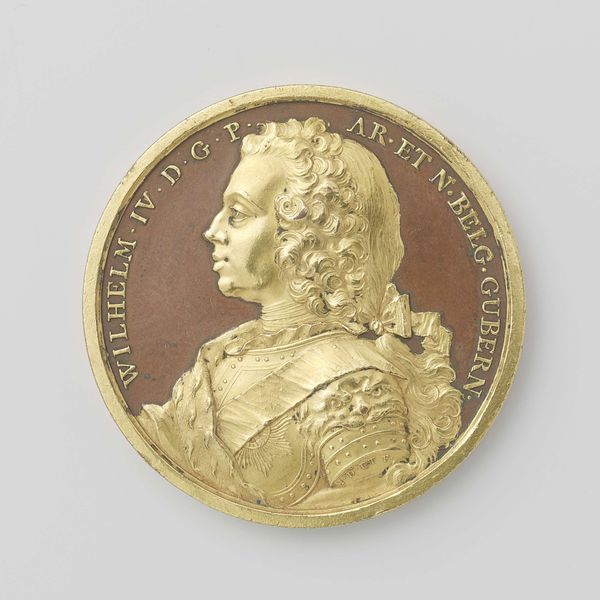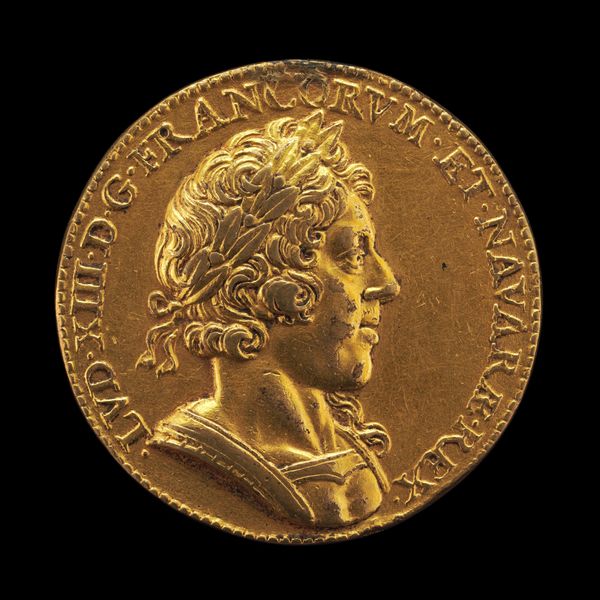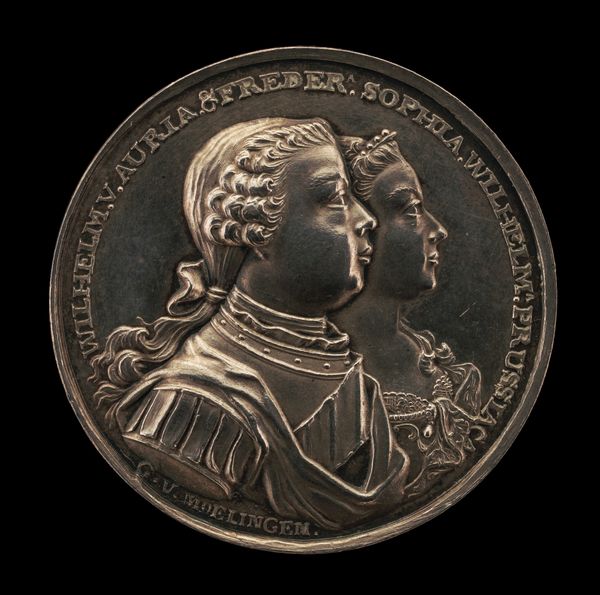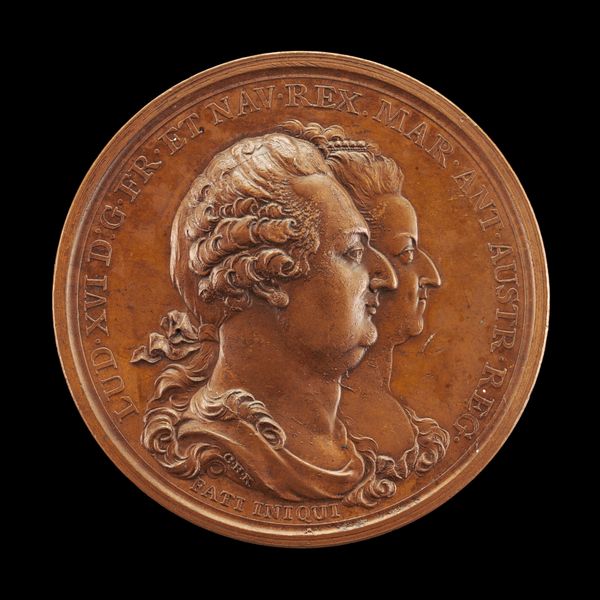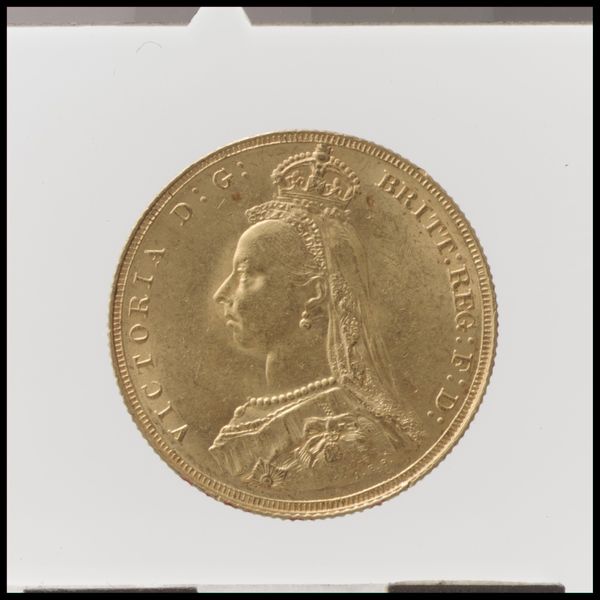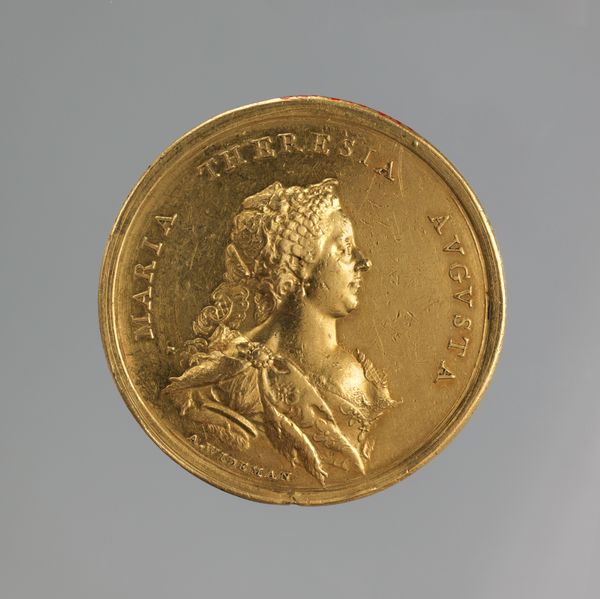
print, metal, relief, sculpture, engraving
#
portrait
#
medal
#
neoclacissism
# print
#
metal
#
relief
#
sculpture
#
decorative-art
#
engraving
Dimensions: Diameter: 39 mm
Copyright: Public Domain
Editor: Here we have William Wyon's "Three Graces" crown, made of metal in 1817. It reminds me of ancient Roman coins. How should we interpret it? Curator: That's a great starting point! Think about the Neoclassical movement. Why were artists suddenly so interested in ancient Greece and Rome? What anxieties or power dynamics might this revival mask or reinforce? Consider who could afford these objects and the messages they conveyed about wealth and privilege. Editor: So it's not just a pretty object; it also represents status and maybe even anxieties about maintaining that status. Is that why the artist chose a profile view? It feels so formal and distant. Curator: Exactly! The profile view lends itself to idealization, projecting an image of power and authority. Think about who "owns" this narrative. Who gets to decide whose face and story are immortalized in metal? And whose stories are deliberately left out? Editor: It's interesting to consider what’s not being shown. Like, where are the ordinary people of that era? Curator: Precisely! How can we challenge the dominant narratives and give visibility to the silenced voices of history? Even an object as seemingly simple as this crown can spark important discussions about representation and power. Editor: Wow, I'll never look at coins the same way again! I will think twice before reducing artworks to simply "beauty" in my future studies! Curator: Excellent. Questioning representation is crucial, pushing for inclusive perspectives and understanding historical context allows us to engage more critically with the objects around us.
Comments
No comments
Be the first to comment and join the conversation on the ultimate creative platform.
